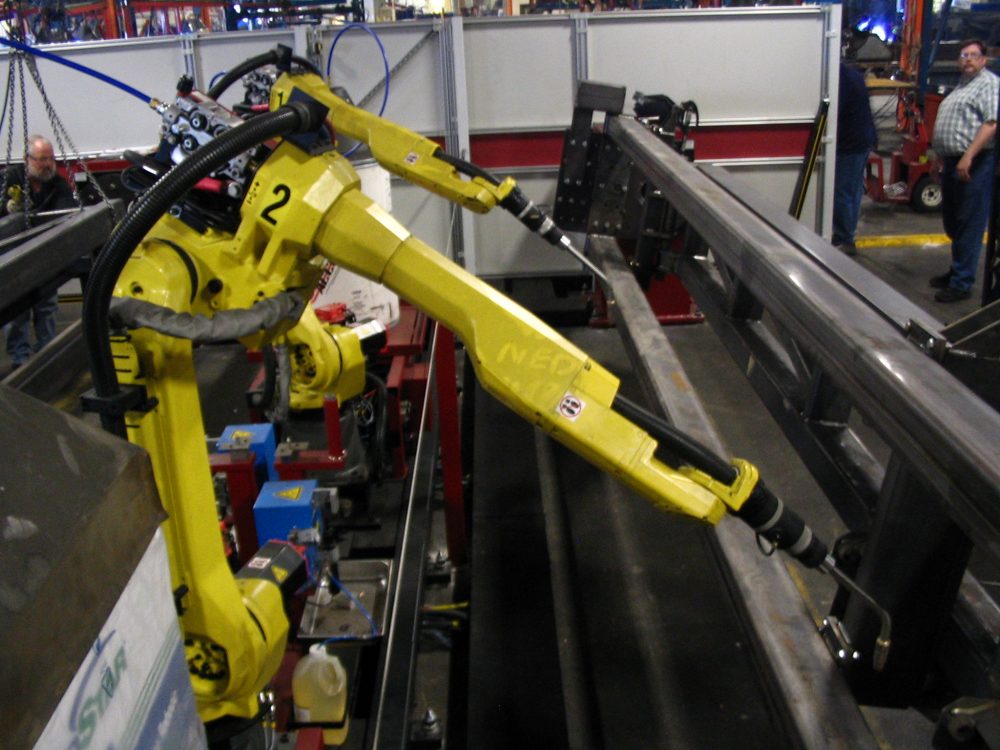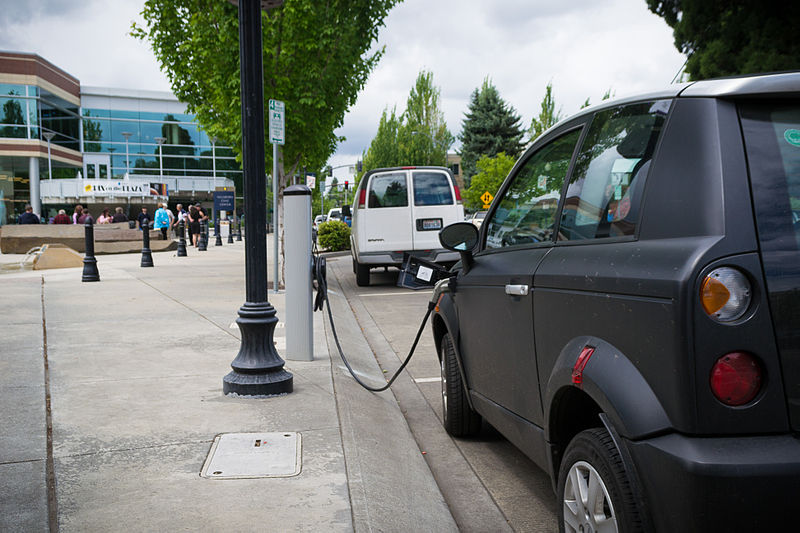According to the concept of lifecycle engineering, systems engineering does not end after a design has been created. Systems engineering continues throughout production to operation thus completing the product lifecycle.
System engineering teams create a Systems Engineering Management Plan (SEMP) which includes event management processes, incident management processes, project management processes, request fulfillment processes, and access management processes. There is also a service desk role and concepts that are used to implement the service management technologies.
Lifecycle engineering is now used in many fields of engineering, including helping build sustainable civil infrastructure, plant asset management, and more. Another key concept is “usability engineering,” an aspect of the engineering lifecycle that concerns user interface design. In making sustainable battery production systems, for example, a multi-scale simulation approach is used to design the lifecycle. Simulation Assisted Reliability Assessment (SARA) uses physics-of-failure principles and software to assess part or system strength.
Lifecycle Engineering in Project Management
The use of lifecycle engineering is now a key part of engineering project management in the global high-tech industry. The International Council on Systems Engineering (INCOSE) provides an outline of key process activities performed by systems engineers and other engineers throughout the lifecycle of a system. Systems thinking, system science, lifecycle management, specialty engineering, system of systems, and agile and iterative methods are part of the discipline and practice of systems engineering.
Another application of the idea of a lifecycle is data warehouses. With the huge increase in the volume of information we now have, proper daily care of data is critical and requires a systems thinking approach.
The following video is an overview of “Life Cycle Engineering’s Reliability Excellence Journey.”







